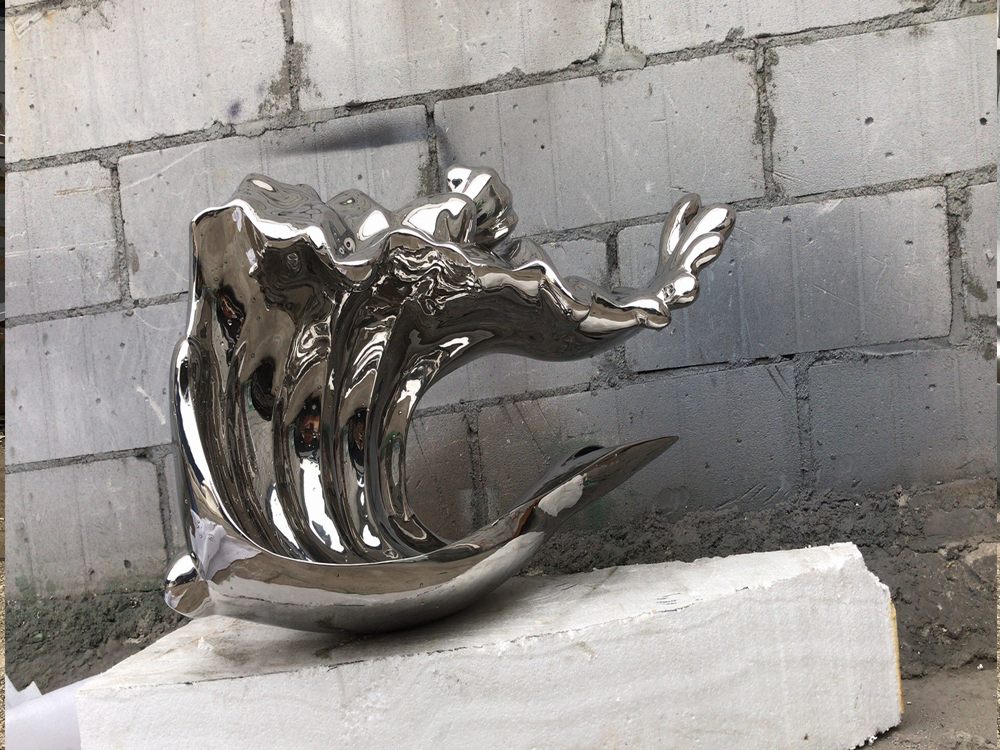
Artists have long been fascinated by the natural color gradients found in stone, using them to elevate their work with organic beauty and depth. These gradients, formed over millennia by geological processes, offer a unique palette that cannot be replicated artificially. By carefully selecting stones with striking tonal variations—such as marble, jasper, or agate—artists create pieces that draw the eye and evoke emotion.
One technique involves carving or sculpting to highlight the stone’s inherent bands of color, allowing the material itself to guide the composition. For example, a sculptor might follow the veins in marble to suggest movement or depth, while a lapidary artist could polish agate to reveal its vibrant concentric layers. The interplay of light and shadow on these natural gradients adds dynamism, making the artwork visually engaging from every angle.
Another approach is inlay work, where artists juxtapose differently colored stones to form intricate patterns or images. The subtle transitions between hues create a sense of harmony, while bold contrasts can produce dramatic focal points. Mosaic artists, for instance, often use slate or travertine to exploit their earthy gradations, resulting in works that feel both timeless and tactile.
Beyond aesthetics, the use of natural stone gradients connects the artwork to the earth’s history, inviting viewers to ponder the passage of time. Whether in minimalist modern designs or elaborate traditional pieces, these gradients remain a powerful tool for artists seeking to infuse their creations with unmatched visual interest and organic elegance.

